Red LED light has taken the world by storm in the last few years. Red LED light makes up part of that red light therapy, and yet, is a different thing - at least how they are commonly understood.
In this blog post, I’ll explain everything you need about red LED light and its specific benefits. I’ll also explain how red LED light differs from red light therapy.
This blog post is part of a series on chromotherapy. That series explores the biological effects of all visible colours of light. Check out the other blogs here:
- What is Chromotherapy?
- What Does Red Light Therapy Do?
- Blue Light LED Therapy: The Complete Overview
- Green Light LED Therapy: The Ultimate Guide
- Yellow Light LED Therapy: Essential Insights
- Purple Light LED Therapy: The Full Scoop
- Orange Light LED Therapy: A Detailed Exploration
- Cyan Light LED Therapy: In-Depth Knowledge
- LED Light Therapy Basics: A Complete Understanding
- Color Psychology: How Colours Affect How You Feel
So let me introduce you to the topic of red LED light. First up, let’s start with some definitions:
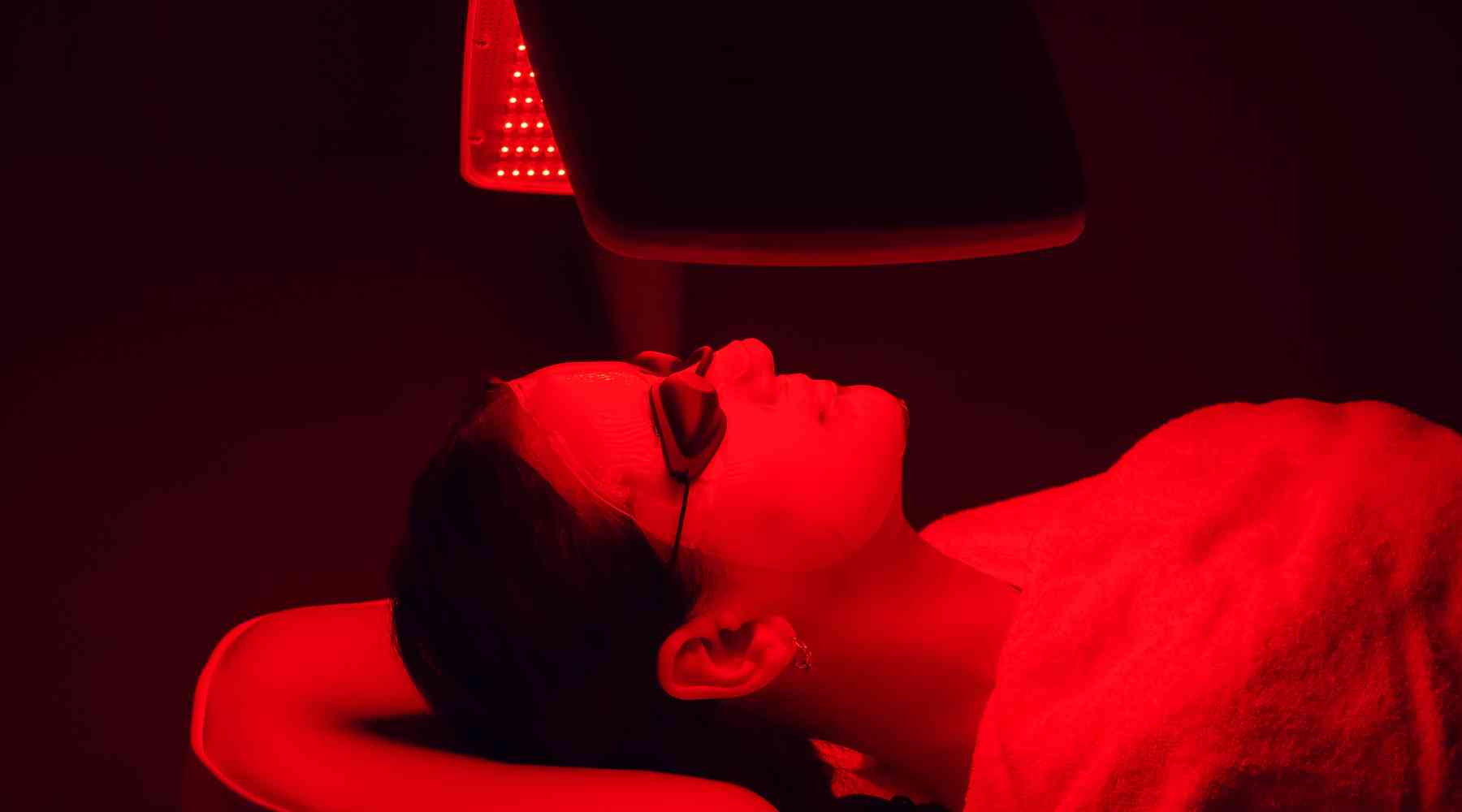
What Is Light Therapy? And What Is Red Light Therapy?
Let’s talk about light therapy, specifically red light therapy. Red light therapy is a form of light therapy. Other forms of light therapy exist, such as infrared saunas and tanning beds and red light therapy is just one of them.
Let’s explore that red light therapy in more detail - nowadays, red light therapy mainly uses LEDs, at least for consumer products:
What Is Red LED Light Therapy? And How Does It Relate To Low-Level Laser Therapy And Red LED Light?
Let’s first start with a detour. For many decades, lasers were the main method of applying red light therapy (1; 2; 3). You’d apply a laser to a wound or to a painful joint or tendon, and the healing process would speed up. Since the 2000s, however, LEDs' price has decreased dramatically.
LEDs are “Light Emitting Diodes” that can be engineered to emit particular types of light. So, you can make LEDs that put out blue light, for instance, or green or red light. And, within red light therapy, LEDs are used that put out both red and near-infrared light. Lasers are also still used in medical settings but are less critical in this article because you can’t readily use them as a consumer.
Red LED light, on the other hand, is different from red light therapy in that it uses red light only, so no near-infrared. So even though both therapies sound similar, they’re not. We’re using these red LED lights in our chromotherapy that have been added to all our infrared saunas.
Next up, let’s consider some of the red LED benefits:
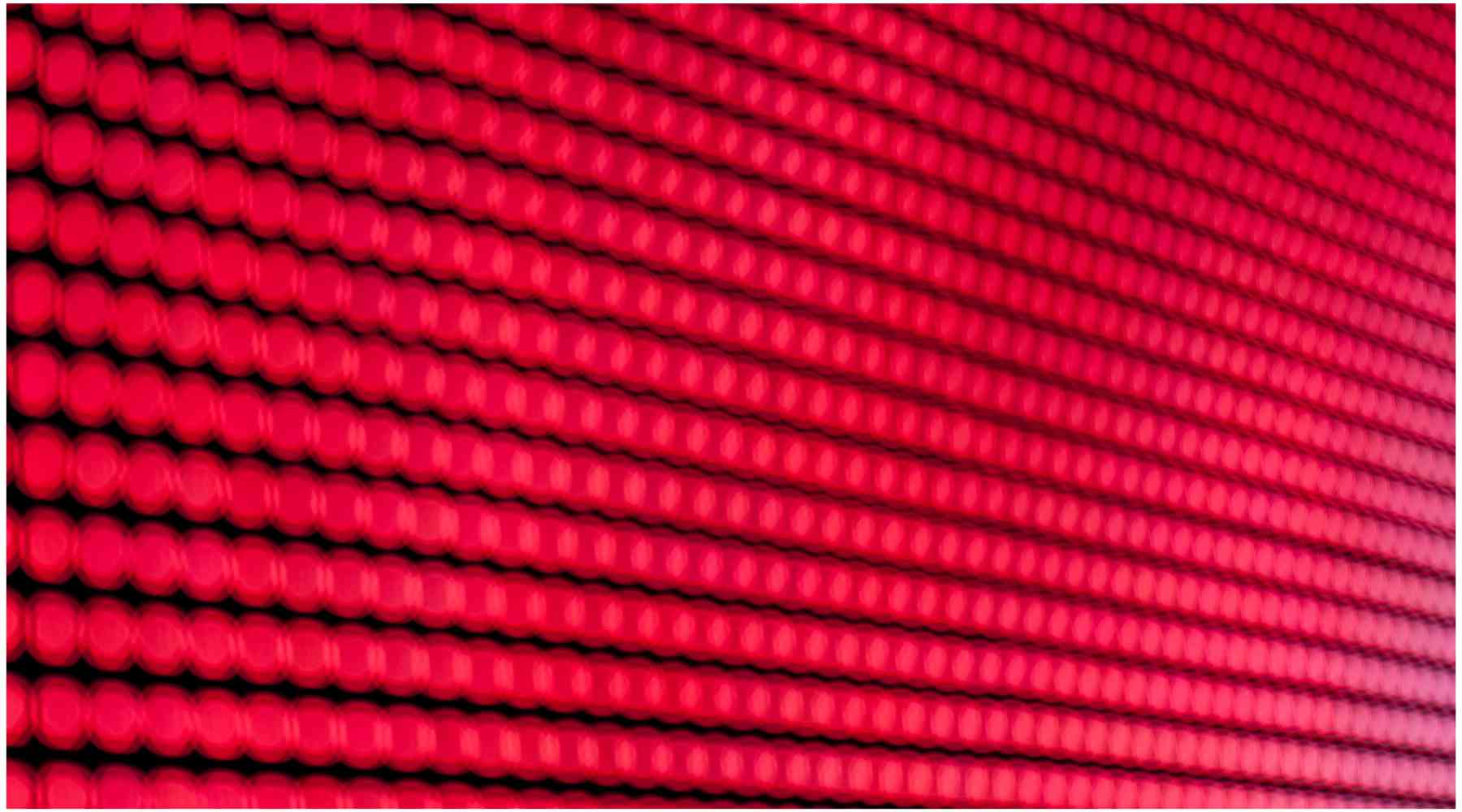
Benefits Of Red LED Light And Near-Infrared Light Treatment
So, what are the benefits of a Red LED light treatment? Well, the red light doesn't just hit the skin. Instead, the light penetrates the human body and has biological effects there. In your cells, for instance, red light can enhance energy production through several mechanisms (4; 5; 6). That increase in energy production occurs because the light affects your “mitochondria” - the powerhouses of your cell. The end products of food are used by your cells, after digestion, but light also allows your cells to increase their energy production.
Secondly, red LED light and also greatly affects inflammation across the body (7; 8; 9; 10). Excessive inflammation levels are not only intertwined with many modern-day disease states (heart disease, neurodegenerative diseases, diabetes) but also with lower energy production. Once you lower inflammation, energy production shoots up.
The increase in energy production because of red LED light, in turn, has significant effects on overall health. Here’s a short list of red LED light's benefits (11; 12; 13; 14; 15; 16; 17; 18: 19: 20; 21; 22; 23; 24: 25):
- Enhanced wound healing
- Better hair growth and countering hair loss
- Decreasing skin roughness by increasing collagen and elastin production in the skin
- Boosting your energy levels
- Lower inflammation
- More muscle built and more significant fat loss
- Decreases in overall disease risk
- Better mood and lower depression and anxiety risk
- Improved cognitive function
- Enhanced joint health
And that’s just a short list of the red LED light and treatment effects. Right now, 1,500-2,000+ studies have been published on red LED therapy (26). These studies only regard red light, so not near-infrared light. And 85%+ of these studies show positive effects. So there’s lots of scientific evidence on the effects of red LED light.
Curious?
Then let’s consider how Clearlight integrates that revolutionary red LED light into its products:
Red LED Light Chromotherapy
For red LED light, we offer standard chromotherapy and medical-grade chromotherapy. Technically, we offer red light therapy inside a sauna too but its effects are different from red LED lights.
Both chromotherapy options are used inside our infrared saunas and can be used simultaneously during your sauna sessions. Hence, you don’t need to take extra time out of your day to apply these therapies.
Let’s now explore that options in more detail and what wavelengths you can apply next to red LED light:
Clearlight® Medical-Grade Chromotherapy
Our medical-grade chromotherapy uses three lights in total. That light is measured in “nm”. The chromotherapy inside the sauna uses 660nm for red light, 540nm for green light, and 405nm for blue light.
By combining these colours, you arrive at the secondary colours. So, yellow light can be created by combining red and green. Purple or violet light can be created by combining red and blue. And orange can be created by combining green and blue. You can also vary the settings for each light output, with a brighter option and a more dull option.
The chromotherapy is located in the infrared sauna ceiling, above the place where you are seated. The light thus emits into your eyes and on your head during your sauna sessions. That way, chromotherapy affects your biology. Several mechanisms exist by which chromotherapy affects your biology.
First, the light enters your eyes. Different types of light have different effects here. Blue light, for instance, tells your brain and body that it’s daytime and time to wake up. So, it’s wisest to use blue light during the morning and afternoon, not at night before you go to sleep. Red light chromotherapy has a calming and healing effect on the brain and eyes. So you can use red light at nighttime as well.
All our infrared saunas are equipped with chromotherapy, except for the portable sauna. The Essential Range and Premier Range are equipped with standard chromotherapy with 15 LEDs. The Sanctuary Range and Outdoor Range are equipped with 96 LEDs of medical-grade chromotherapy. Medical-grade chromotherapy also allows for more colours of light to be emitted than the ones I described earlier.
Next up, let’s consider how this red LED light can affect you psychologically:
Psychological Effects Of Red LED Light
There’s also some science on the psychological effects of red LED lights (32; 33; 34; 35). Blue is often associated with openness, for instance, green with nature and health, and white with purity and cleanliness. Red light, moreover, is associated with energy and enthusiasm.
Rigorous scientific investigations of the effects of colours still need to be developed. Nevertheless, everyone knows that colours play a major role in our lives. For instance, you probably notice that the colours used in interior design or architecture have a huge effect on how you perceive your environment. And colours also have a significant impact on the clothes you wear or accessories.
In the same way, you can find many internet sources on how many individuals interpret the colour red. Red can be related to attention and even danger in some cases, for instance, or emotion, romanticism, and love. Red is also related to the heart, taking risk, and taking control. But, colours also mean very different things to different people.
Nevertheless, red light also has many biological effects that have been scientifically established. These effects are non-psychological but affect your body directly, such as on the cellular level. Below I’ve added a few examples of such effects:
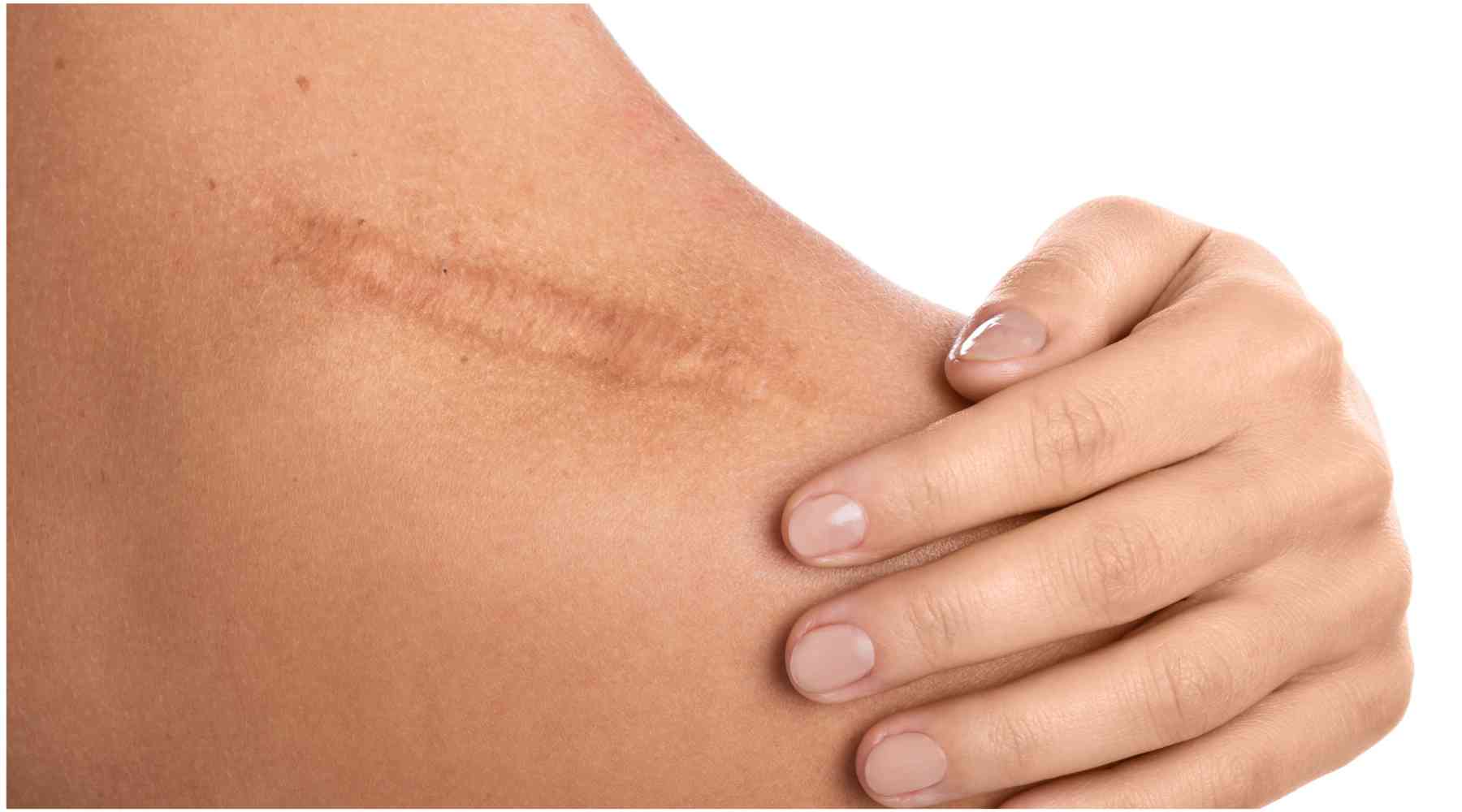
Example 1: Red Light For Skin: Wrinkles, Wounds, Ulcers And More
So, first, let’s consider red LED light for skin health. Dozens of studies have been published on this topic, but I’ll consider some of the most essential publications here (26; 27; 28; 29; 30; 31).
Here, red light increases blood flow in the skin. Blood flow typically decreases as you age, thereby leading to skin problems. Red light also inhibits inflammation, which increases with age and makes your skin look puffier.
Other mechanisms by which red light works for the skin are enhancing collagen and elastin production. Elastin makes your skin supple and elastic, as the name already implies, and collagen tightens your skin so it doesn’t sag. Collagen and elastin levels in the skin also go down with age, which is then (partially) reversed when you apply red light over time.
Many different wavelengths of red have skin health benefits. The most essential wavelengths here are the 630nm and 660nm red wavelengths. As a result, wrinkles, fine lines, age spots, and even hyperpigmentation are affected by red LED light for skin health.
The chromotherapy included in our saunas will also give you these benefits. Chromotherapy mainly affects your brain and face, and part of your upper body. Secondly, let’s talk about another vital topic:

Example 2: Red Light For Face
Many red LED light devices for face devices have hit the market lately. These are specialised beauty products that cost thousands of Pounds, face masks with LEDs or even lasers priced at a couple of hundred pounds, and LED panels for the face.
And all these products offer slightly different light therapy exposure. Most use red LED lights, but sometimes blue, violet, and near-infrared are also included. Suffice it to say that, for the best results, you’ll want some red LED lights projecting at your face. Blue, violet, and near-infrared additions are lovely but not strictly necessary. Why? Red light has unparalleled effects for skincare, and the face stands out in that domain.
With light therapy for the face, people report less redness, a leaner face (as red LED light leads to fat loss), reduced dark circles or bags around the eyes, firmer skin with less wrinkles, and even more brightness in the face. Age spots and skin texture will also improve.
Most people experience benefits after a few weeks of treatment. So, the effect of red light for face beauty isn’t immediate. You will eventually get results by using the chromotherapy inside the Clearlight® infrared saunas.


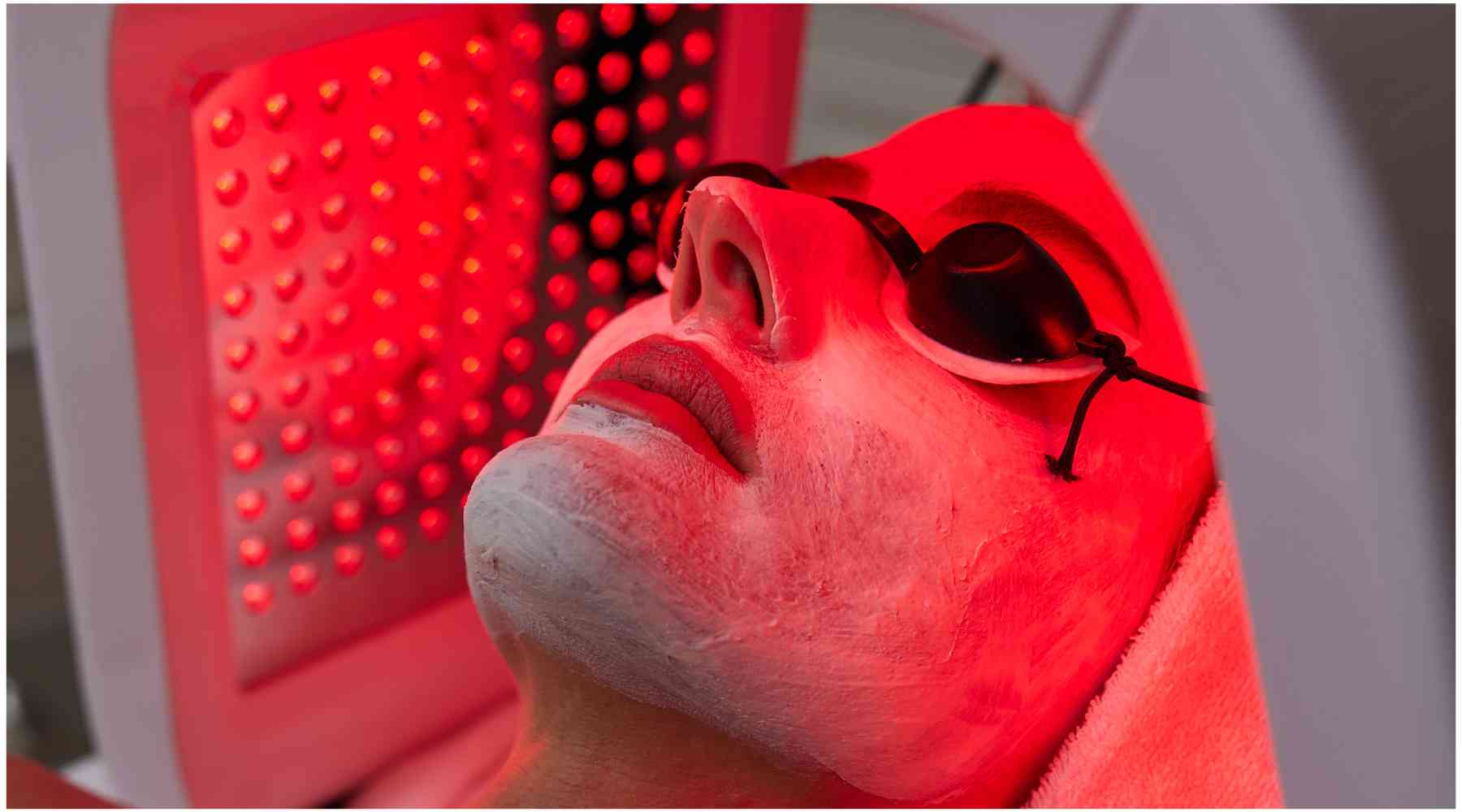

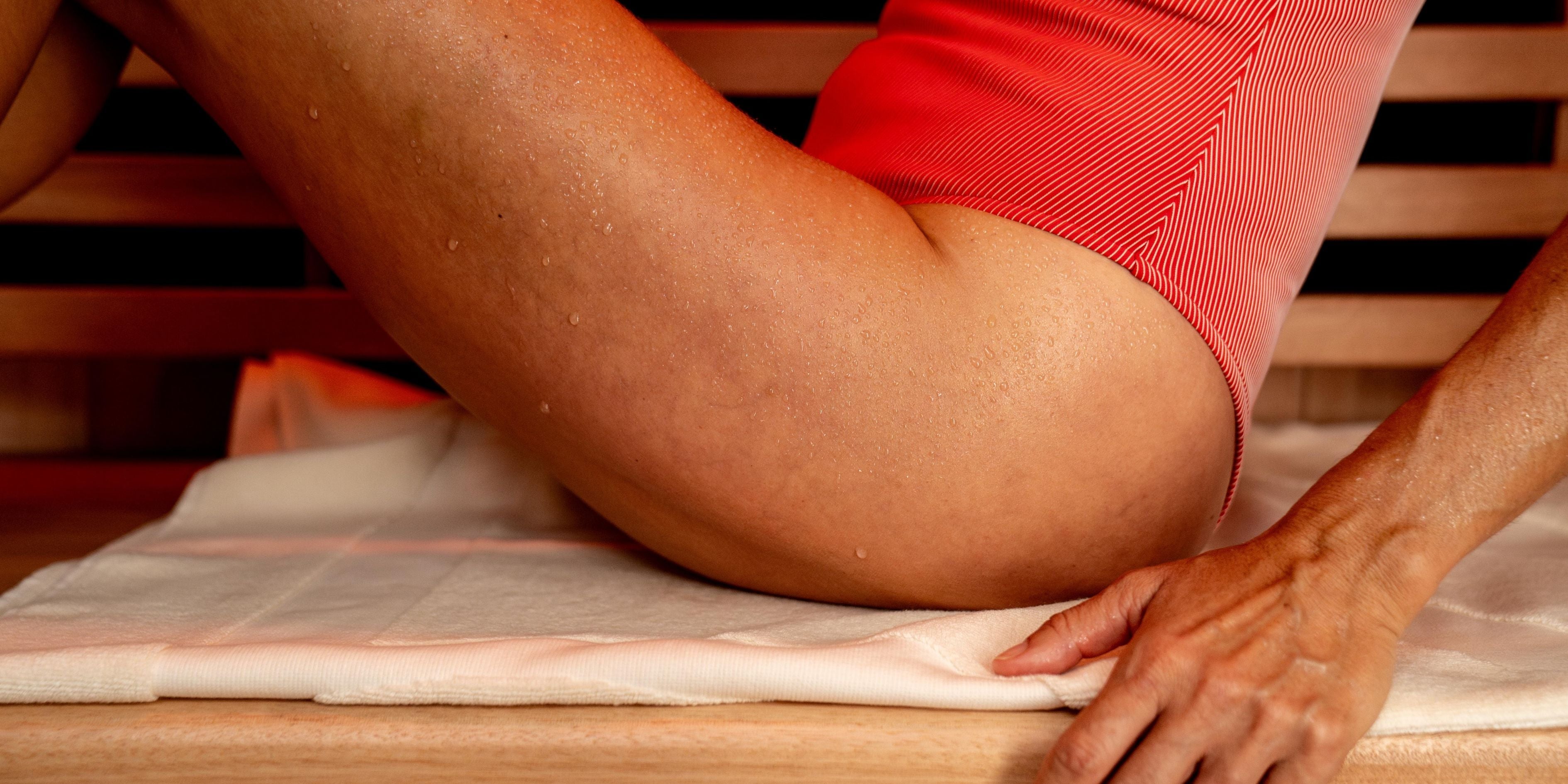
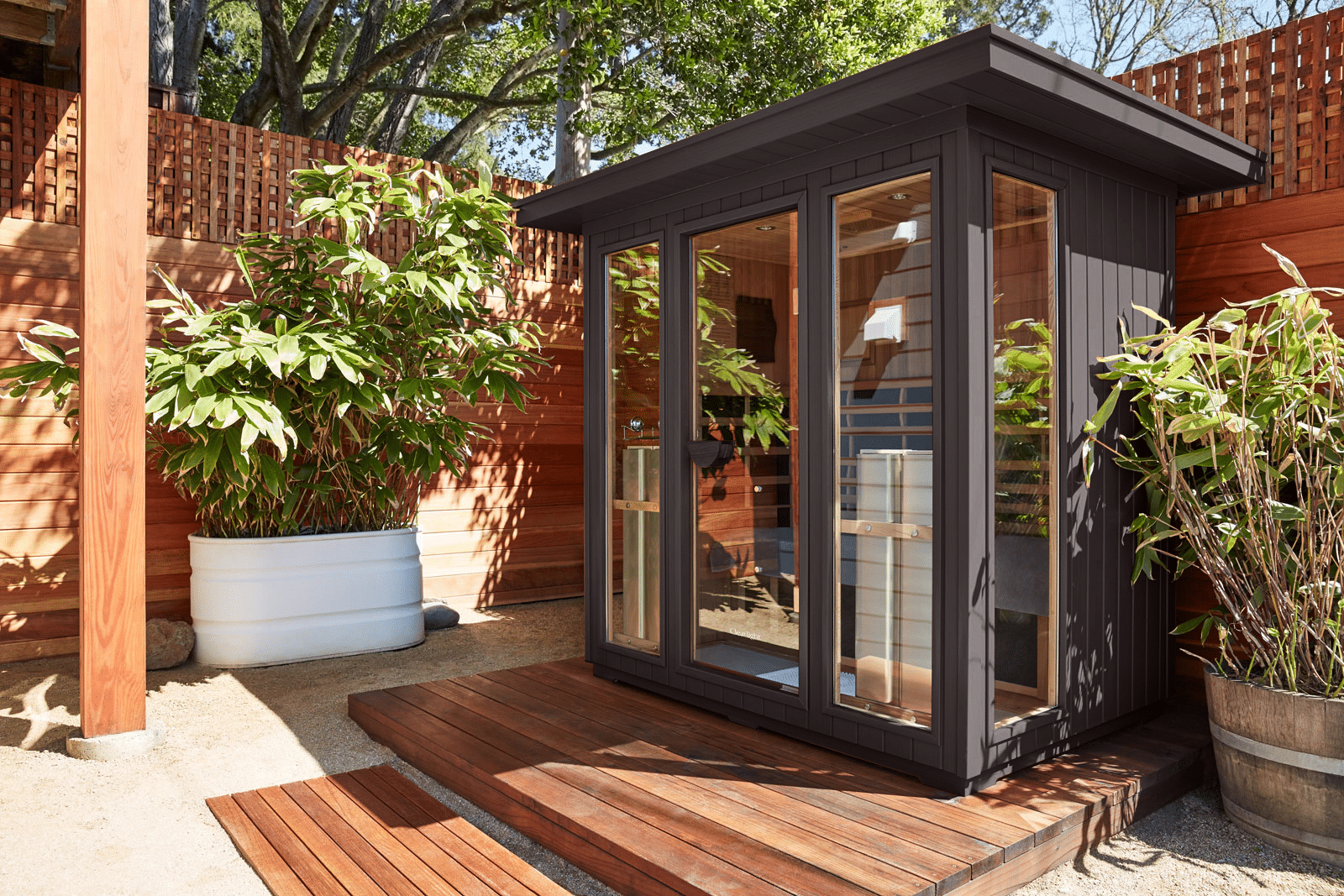

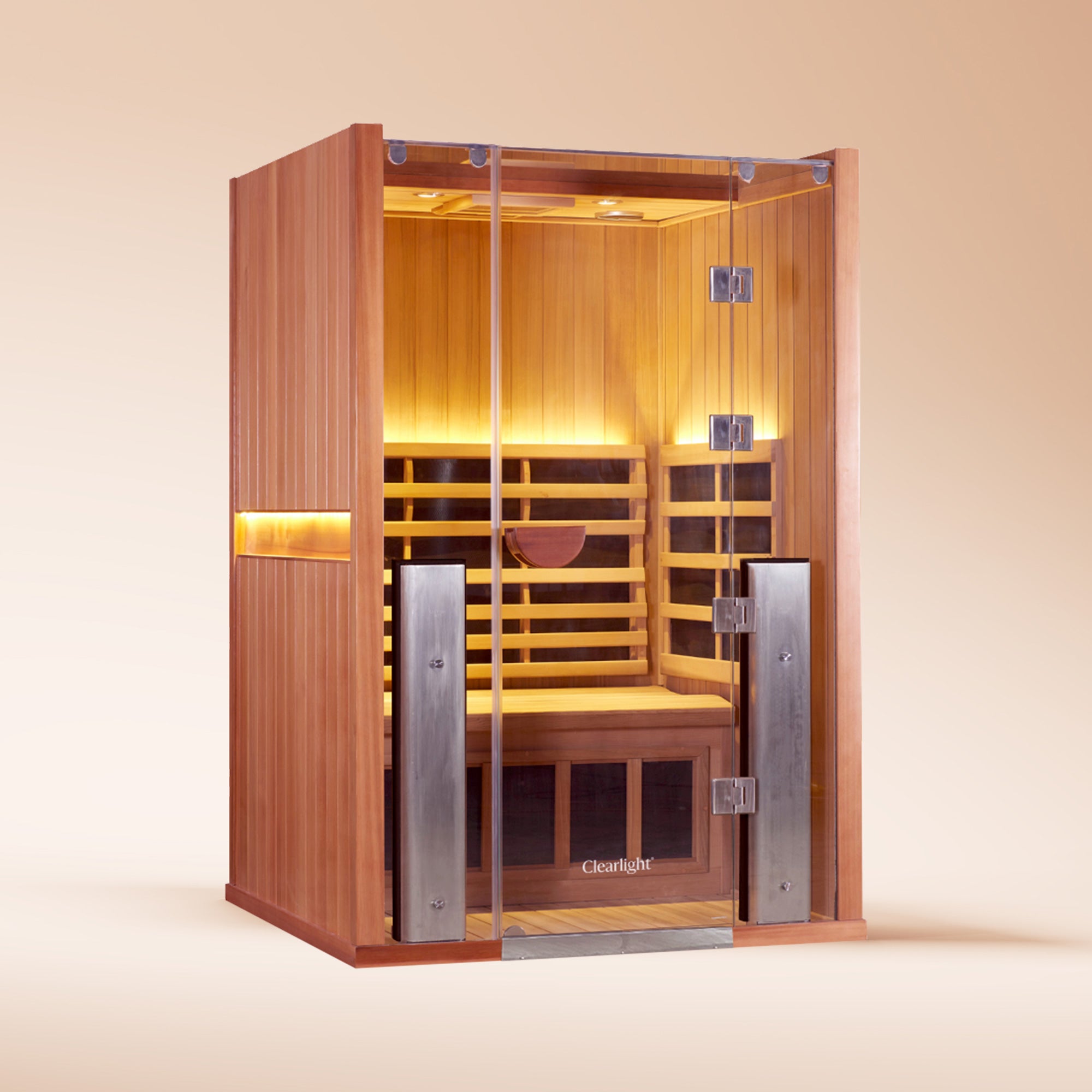

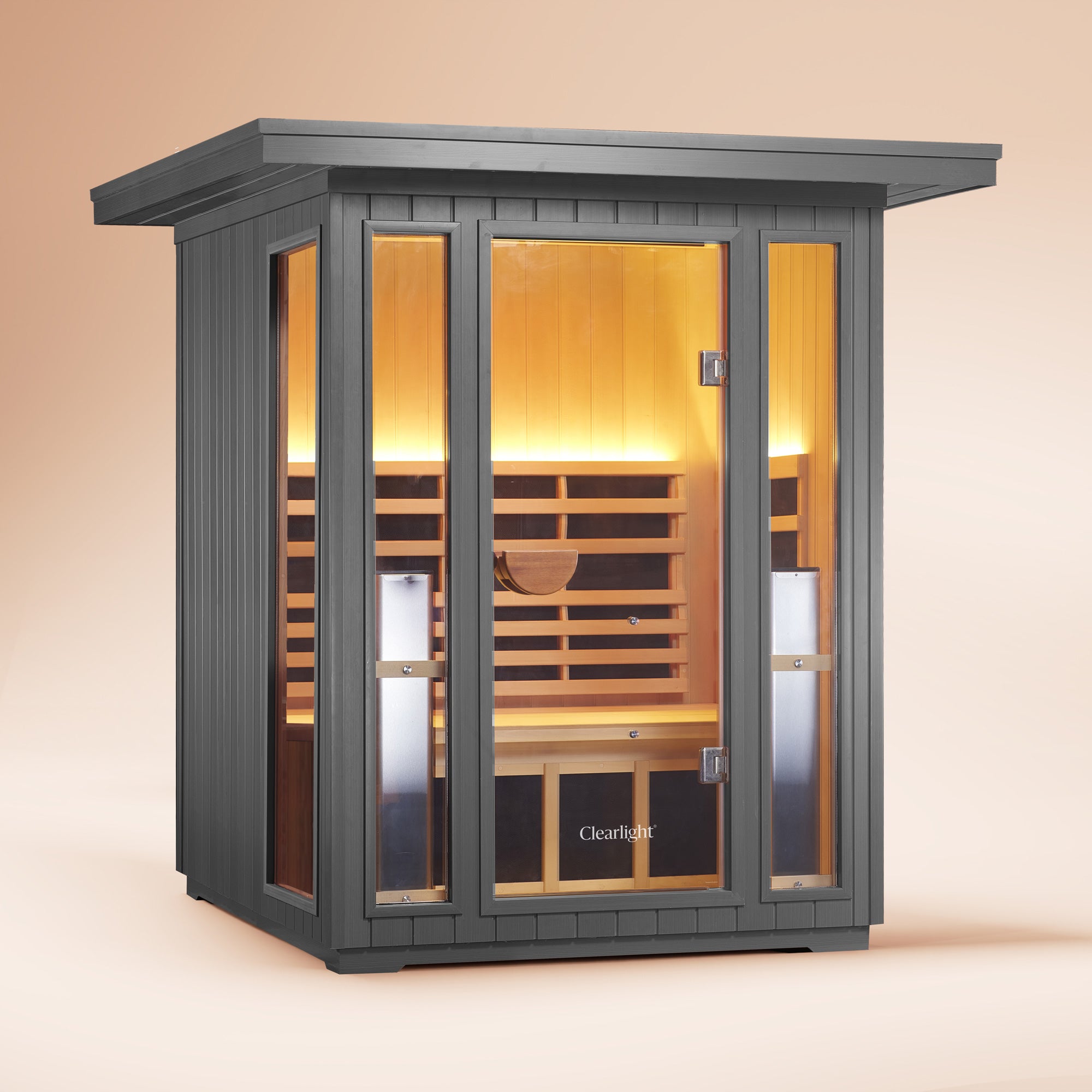
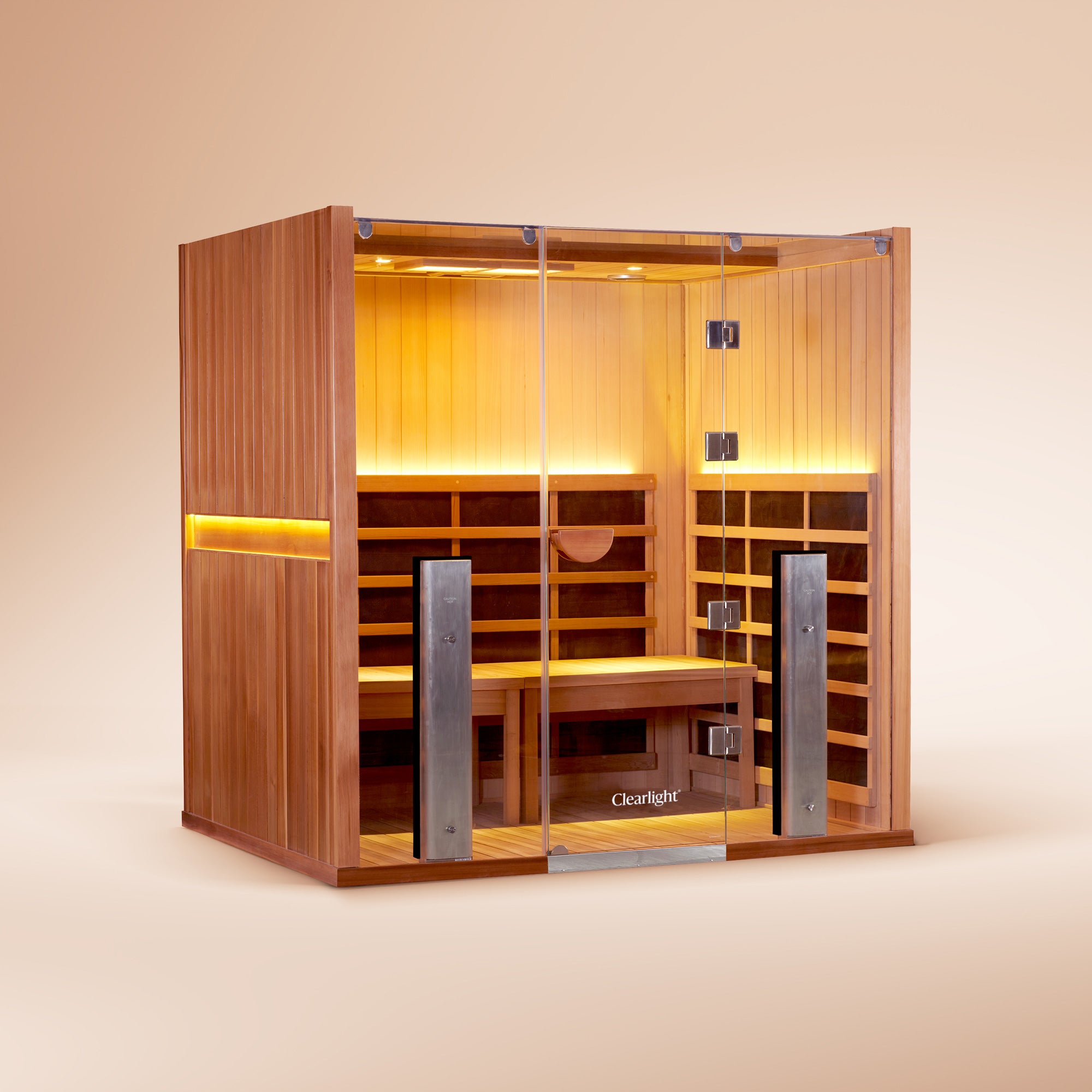
Red Light & Infrared Red Light Therapy - Health Benefits Overview
How To Choose An Infrared Sauna